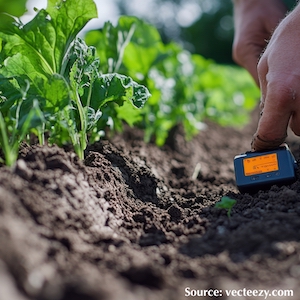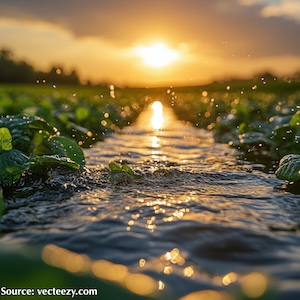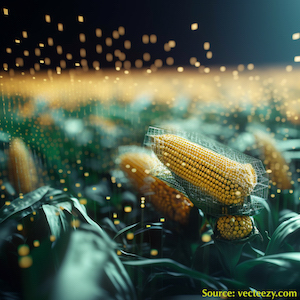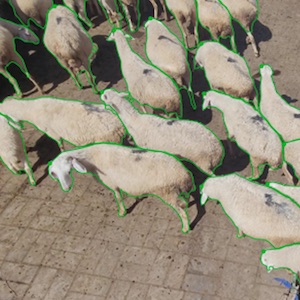Aeroponic systems design: considerations and challenges
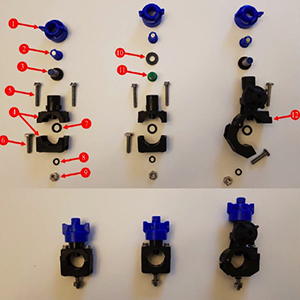
All claims expressed in this article are solely those of the authors and do not necessarily represent those of their affiliated organizations, or those of the publisher, the editors and the reviewers. Any product that may be evaluated in this article or claim that may be made by its manufacturer is not guaranteed or endorsed by the publisher.
Accepted: 30 June 2022
Authors
Controlled Environment Agriculture holds promise as a way to intensify current agricultural production systems while limiting pressures on land, water, and energy resources. However, its use has not yet been widely adopted, partly because the engineering design considerations and associated challenges are not well known. This is even more apparent for aeroponics, where the addi-tional cost and complexities in controlling atomisation have yet to establish an advantage in scale over simpler hydroponic systems. To shed light on these considerations and challenges, an instrumented aeroponic system was prototyped to create a quanti-tative growth model for various species of leafy greens. As the first consideration, pressure swirl atomisers were paired with a diaphragm-type pressure tank to supply the necessary pressures needed for effective atomisation. Secondly, the nutrient solution was mixed on demand from Reverse Osmosis water, and the con-centrated nutrient stock was then pumped into the pressure tank using a positive displacement pump. A bamboo-based substrate that allowed germination and extended vegetative growth was supported on a stainless-steel mesh and PVC frame acting as a grow tray. Finally, a camera microservice platform was developed using a computer vision pixel-based segmentation method to quantify plant growth.
How to Cite

This work is licensed under a Creative Commons Attribution-NonCommercial 4.0 International License.







